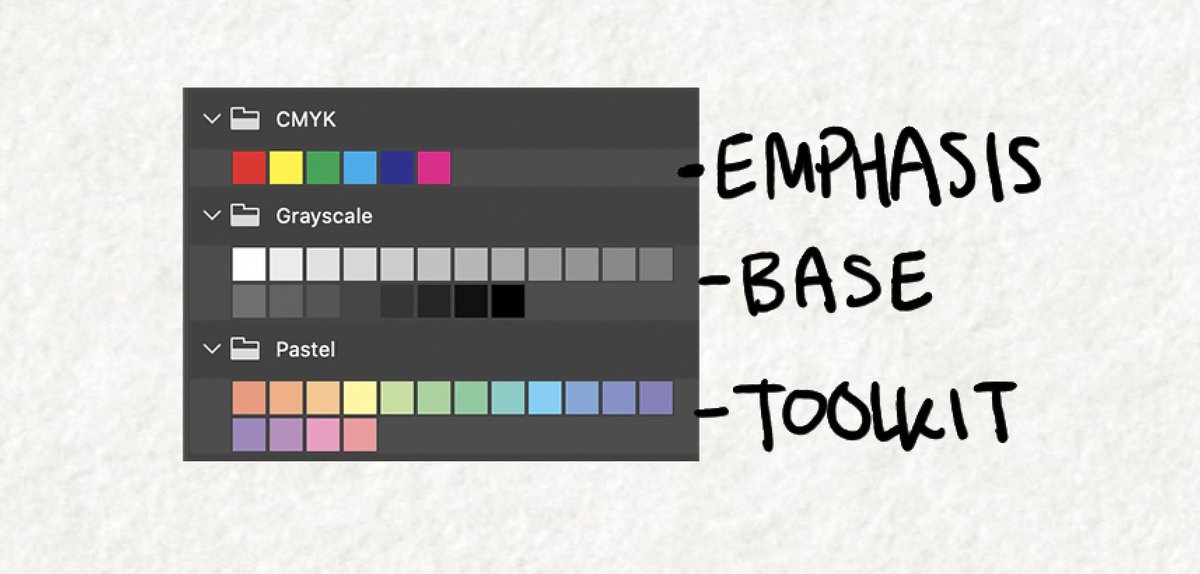
Since I'm a visual communicator, I'll be doing a bit of #sketchbook #scicomm this week, and I encourage you to join me.
Even if you don't think you can draw, a stick figure can often covey something very beautifully. Just look at @xkcd (Randall Munroe)'s beautiful work.
Even if you don't think you can draw, a stick figure can often covey something very beautifully. Just look at @xkcd (Randall Munroe)'s beautiful work.

Extra kudos and retweets to those who chat with me in visuals this week!
Get uncomfortable, get messy, get simple!
You hear that #sciencetwitter? I believe all scientists should be sketching. Even if only you see it. You can't really draw something if you don't understand it.
Get uncomfortable, get messy, get simple!
You hear that #sciencetwitter? I believe all scientists should be sketching. Even if only you see it. You can't really draw something if you don't understand it.

... and sometimes the act of drawing something highlights areas that we don't understand, and need to figure out! Or communicate.
This rough sketch shows a #virus entering a cell better than many of my more polished art. Remember, our goal is communication, know your audience!
This rough sketch shows a #virus entering a cell better than many of my more polished art. Remember, our goal is communication, know your audience!

Image ALT TEXT: Stick figure virus approaching a cell membrane, entering the membrane through invagination, and then breaking apart in cell cytoplasm.
Image ALT TEXT: Image of two stick figures, with first person asking what is behind the other person's back. Second person hold s a drawing, and saying "Why, I diagramed my research! Care to see?" ("Nothing! Don't look!" answer is crossed out).
Image ALT TEXT: Image of two stick figures, with first person asking what is behind the other person's back. Second person hold s a drawing, and saying "Nothing! Don't look!"
• • •
Missing some Tweet in this thread? You can try to
force a refresh







